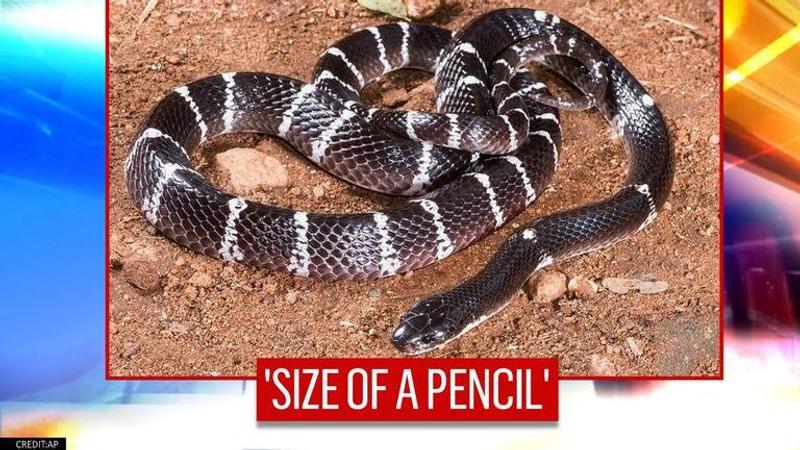Published 16:30 IST, December 28th 2020
Remarkable new species of snake discovered by scientists, 'good at hiding' in plain sight
Scientists extracted and purified genomic DNA of the snakes and conducted Polymerase chain reaction (PCR) and sequencing to look at the bone structure.

Scientists in the United States have discovered a new species of snake which is no longer than a pencil and was previously overlooked despite being found in 2006. Scientists at the Biodiversity Institute of the University of Kansas recently decided to study ethanol-preserved liver or muscle tissue samples from individuals that were found in 2006 and 2012 during field missions in the Philippines. After the scientists studied the snakes carefully, they discovered that the reptiles belong to a new snake genus called Levitonius, and a new species, called Levitonius mirus.
'Size of a pencil'
Researchers have published their study in the journal Copeia, where they said that the newly discovered species of snakes are primarily found in the Philippines. The snakes are indigenous to the Philippine islands of Samar and Leyte. Scientists said that the Levitonius, a new genus, is fossorial and feeds mostly on earthworms. Scientists said that Levitonius mirus reaches a maximum total length of 172 mm, which is the size of a pencil. Scientists said that Levitonius mirus is at present the smallest known species in the Elapoidea family.
Scientists extracted and purified genomic DNA of the snakes and conducted Polymerase chain reaction (PCR) and sequencing to look at the bone structure of the newly discovered species. Levitonius mirus can be distinguished from all other South-East Asian snake species by having the following combination of characters - "small size (largest total length known 172.1 mm), five supralabial scales, 15 longitudinal rows of dorsal scales throughout the length of the body".
The terrestrial snake fauna of the Philippines is pretty rich and includes 112 species from 12 families and 41 genera, including five genera that are endemic to the archipelago. American scientists have called for better collaboration between US and Philippine scientists in the future to gain more understanding of the biodiversity in the region.
Updated 16:28 IST, December 28th 2020





